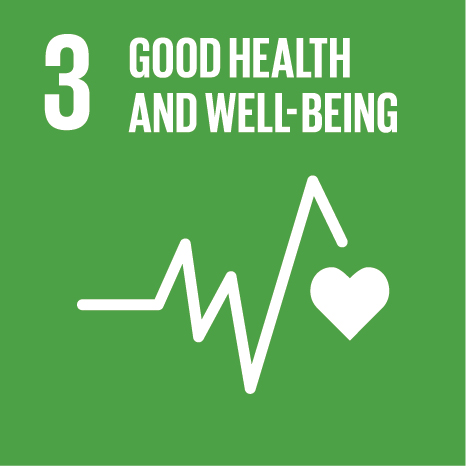 +265(0)111 624 222
+265(0)111 624 222 research@unima.ac.mw
research@unima.ac.mw Chirunga-Zomba, Malawi
Chirunga-Zomba, Malawi
Are Aflatoxin Residues in Chicken Products a Real or Perceived Human Dietary Risk?
Abstract
Aflatoxin is a health threat to humans and domesticated animals. Chickens are often fed aflatoxin-contaminated grain and may retain some toxins in muscle, eggs, and other tissues. A critical food safety question is whether tissues from contaminated birds pose a threat to the humans that consume them. We evaluated literature published from 1984 to 2023 to determine the level of aflatoxin residues retained in chicken eggs, muscles, livers, gizzards, and hearts. In the studies evaluated (n = 33), ~8100 chickens in 334 trials were fed feed contaminated with 0.1–6400 µg/kg of aflatoxins for 7–180 days. There was a positive correlation between the level of feed contamination and residual aflatoxin concentrations (r2 = 0.18, p < 0.05), but <1% of the aflatoxin in the feed carried over to edible broiler tissues. Only 0.6% of the trials reported >20 µg/kg of aflatoxin in the tissues, primarily in the muscle tissue, when the chickens were fed feed contaminated with >300 µg/kg of aflatoxins, which is above the US FDA maximum tolerable limit for components of poultry feeds. These composite results suggest a relatively low risk to public health from consuming chickens fed contaminated feed and a relatively high aflatoxin elimination mechanism in chickens that consume feed containing >300 µg/kg of aflatoxins. The data are consistent with chickens fed feed containing up to 500 µg/kg of aflatoxin being allowed in the human food chain without posing a significant health hazard. In reality, the maximum level of aflatoxin allowed in chicken feed will probably be limited by how much the birds can tolerate and still grow at a suitable rate without deformities rather than the risk that processed birds could present to human health. As chickens effectively act as an absorptive buffer for aflatoxin in contaminated feed, we expect that a contamination level that is acceptable for chicken growth performance is likely to be less than the amount that keeps chicken products safe for human consumption.
| Original language | en |
| Pages (from-to) | 179 |
| Volume | 17 |
| Issue number | 4 |
| Publication status | Published - 2025 |
UN SDGs
This research output contributes to the following United Nations (UN) Sustainable Development Goals (SDGs)

UN SDGs
This research output contributes to the following United Nations (UN) Sustainable Development Goals (SDGs)

UN SDGs
This research output contributes to the following United Nations (UN) Sustainable Development Goals (SDGs)
